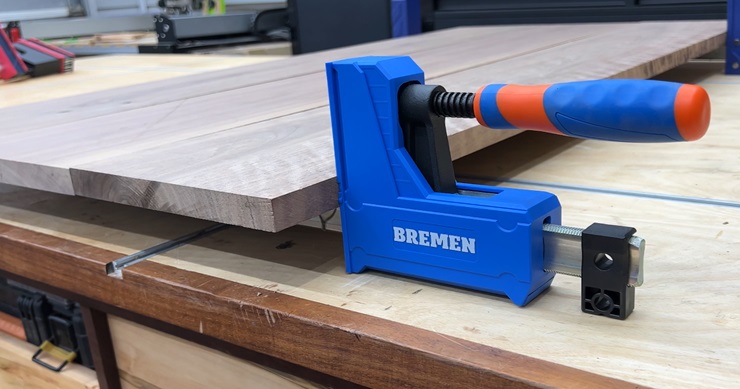Parallel clamps, originally designed by Bessey in 1980, are a common tool for woodworking. A few key features of these clamps are often misunderstood or overlooked. Firstly, the heads of a parallel clamp do not need to be square. In fact, many are designed with a toe-in head, which helps the clamp achieve a parallel state under pressure. Secondly, all parallel clamp bars will deflect under pressure, lifting at the center and sloping down near the clamp heads. This deflection can affect the parallelism of the clamp heads under pressure. Finally, while parallel clamps are frequently used for clamping panels, they may not be the best solution for this task due to the potential for causing a panel to bow under pressure. Despite these nuances, most parallel clamps will effectively hold work together until the glue dries. Therefore, when purchasing a parallel clamp, the focus should be on finding one that fits your budget and personal preferences.
Key Takeaways:
- Parallel clamps, originally designed with toed-in heads, are not flawed but rather feature a design that helps them achieve a parallel state under pressure.
- Regardless of the brand, all parallel clamp bars will deflect under pressure, which can affect the parallel state of the clamp heads.
- While parallel clamps are often used for panel clamping, they may not be the best solution if absolute flatness is critical, as they can cause a panel to bow under pressure.
“Regardless of the brand, pretty much EVERY parallel clamp will get the job done. Some may be better built with higher-quality materials. Some may have toed-in heads and creature comfort features that make the clamp easier or more fun to use.”
More details: here






